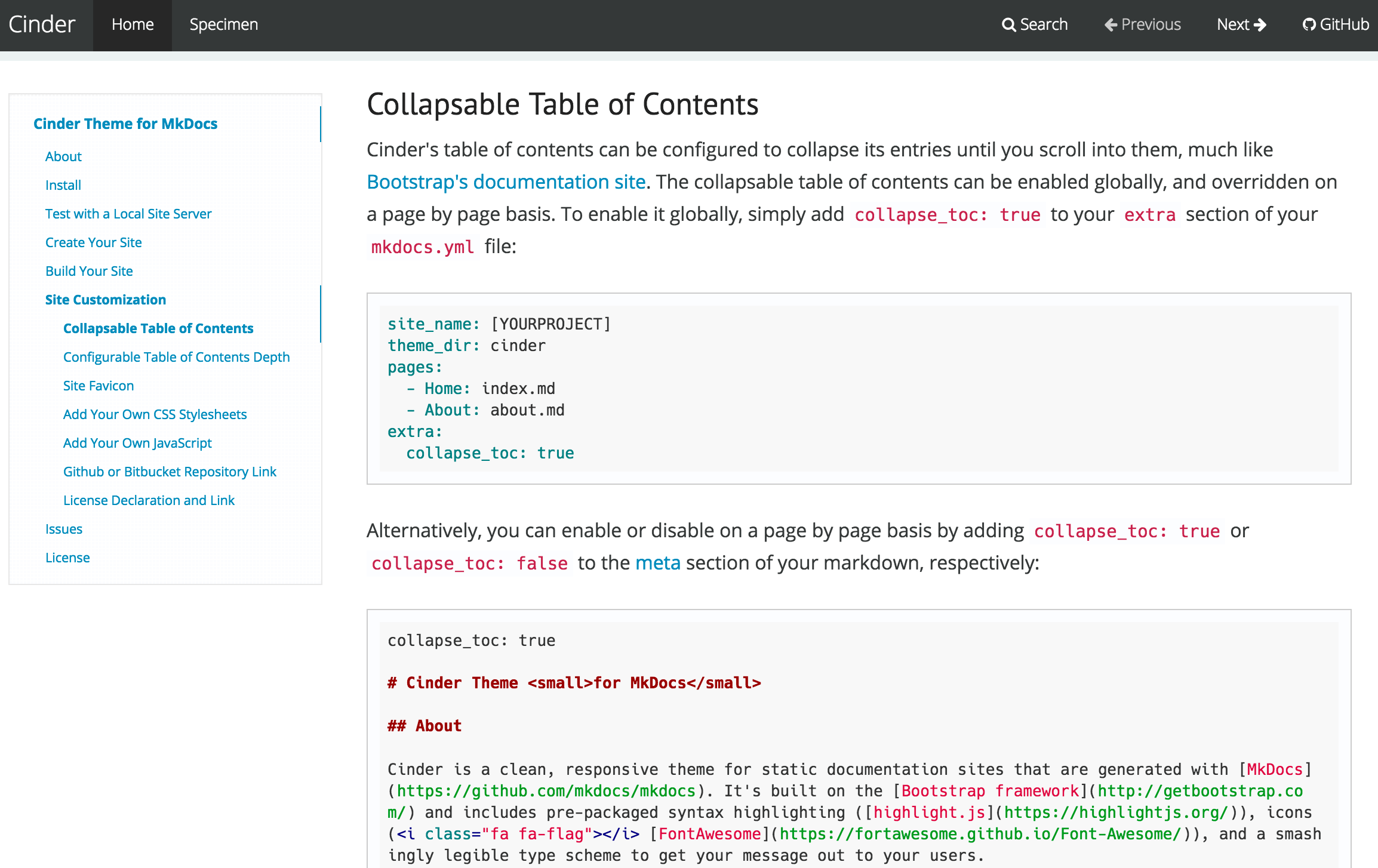GitHub Pages R Markdown websites are can be hosted using GitHub Pages ⧉ with two additions to the standard site configuration: Add a file named.nojekyll to your site source code directory (this tells GitHub Pages to not process your site with the Jekyll engine). Change your output directory to “.” within site.yml. 笔记如何在GitHub上用Markdown写博客 上一篇介绍了如 何利用GitHub Page部署个人网页 ,但要写博客的话每次用html渲染就比较麻烦,好在GitHub提供了几个Jekyll主题帮助我们渲染网页,这样我们就可以用Markdown来写博客了(当然前提是你要会用Markdown语法写文章)。. The Github Markdown renderer can automatically detect a simple copy-pasted link and make it a clickable link. Github Pages doesn’t propose a feature to reproduce that behavior, so you’ll have to braces your links with the syntax.
Article version: GitHub.com
Article version: GitHub.com
You can choose a Markdown processor to determine how Markdown is rendered on your GitHub Pages site.
GitHub Pages is available in public repositories with GitHub Free and GitHub Free for organizations, and in public and private repositories with GitHub Pro, GitHub Team, GitHub Enterprise Cloud, and GitHub Enterprise Server. For more information, see 'GitHub's products.'
People with write permissions for a repository can set the Markdown processor for a GitHub Pages site.
GitHub Pages supports two Markdown processors: kramdown and GitHub's own extended CommonMark processor, which is used to render GitHub Flavored Markdown throughout GitHub. For more information, see 'About writing and formatting on GitHub.'
Github Pages Markdown App
You can use GitHub Flavored Markdown with either processor, but only our CommonMark processor will always match the results you see on GitHub.
On GitHub, navigate to your site's repository.
In your repository, browse to the _config.yml file.
In the upper right corner of the file view, click to open the file editor.
Find the line that starts with
markdown:and change the value tokramdownorGFM.At the bottom of the page, type a short, meaningful commit message that describes the change you made to the file. You can attribute the commit to more than one author in the commit message. For more information, see 'Creating a commit with multiple co-authors.'
If you have more than one email address associated with your GitHub account, click the email address drop-down menu and select the email address to use as the Git author email address. Only verified email addresses appear in this drop-down menu. If you enabled email address privacy, then
<username>@users.noreply.github.comis the default commit author email address. For more information, see 'Setting your commit email address.'Below the commit message fields, decide whether to add your commit to the current branch or to a new branch. If your current branch is the default branch, you should choose to create a new branch for your commit and then create a pull request. For more information, see 'Creating a new pull request.'
Click Propose new file.

Further reading
Markdown is a lightweight and easy-to-use syntax for styling all forms of writing on the GitHub platform.
What you will learn:
- How the Markdown format makes styled collaborative editing easy
- How Markdown differs from traditional formatting approaches
- How to use Markdown to format text
- How to leverage GitHub’s automatic Markdown rendering
- How to apply GitHub’s unique Markdown extensions
What is Markdown?
Markdown is a way to style text on the web. You control the display of the document; formatting words as bold or italic, adding images, and creating lists are just a few of the things we can do with Markdown. Mostly, Markdown is just regular text with a few non-alphabetic characters thrown in, like # or *.
You can use Markdown most places around GitHub:
- Comments in Issues and Pull Requests
- Files with the
.mdor.markdownextension
For more information, see “Writing on GitHub” in the GitHub Help.
Examples
Github Markdown Syntax
Syntax guide
Here’s an overview of Markdown syntax that you can use anywhere on GitHub.com or in your own text files.
Headers
Emphasis
Lists
Unordered
Ordered
Images
Links
Blockquotes
Inline code
GitHub Flavored Markdown
GitHub.com uses its own version of the Markdown syntax that provides an additional set of useful features, many of which make it easier to work with content on GitHub.com.

Note that some features of GitHub Flavored Markdown are only available in the descriptions and comments of Issues and Pull Requests. These include @mentions as well as references to SHA-1 hashes, Issues, and Pull Requests. Task Lists are also available in Gist comments and in Gist Markdown files.
Syntax highlighting
Here’s an example of how you can use syntax highlighting with GitHub Flavored Markdown:
You can also simply indent your code by four spaces:
Here’s an example of Python code without syntax highlighting:
Task Lists
If you include a task list in the first comment of an Issue, you will get a handy progress indicator in your issue list. It also works in Pull Requests!
Tables
You can create tables by assembling a list of words and dividing them with hyphens - (for the first row), and then separating each column with a pipe |:
Would become:
| First Header | Second Header |
|---|---|
| Content from cell 1 | Content from cell 2 |
| Content in the first column | Content in the second column |
SHA references
Any reference to a commit’s SHA-1 hash will be automatically converted into a link to that commit on GitHub.

Issue references within a repository
Any number that refers to an Issue or Pull Request will be automatically converted into a link.
Username @mentions
Typing an @ symbol, followed by a username, will notify that person to come and view the comment. This is called an “@mention”, because you’re mentioning the individual. You can also @mention teams within an organization.
Automatic linking for URLs
Any URL (like http://www.github.com/) will be automatically converted into a clickable link.
Strikethrough
Any word wrapped with two tildes (like ~~this~~) will appear crossed out.
Emoji
GitHub supports emoji!
Github Pages Markdown Blog
To see a list of every image we support, check out the Emoji Cheat Sheet.
Last updated Jan 15, 2014
